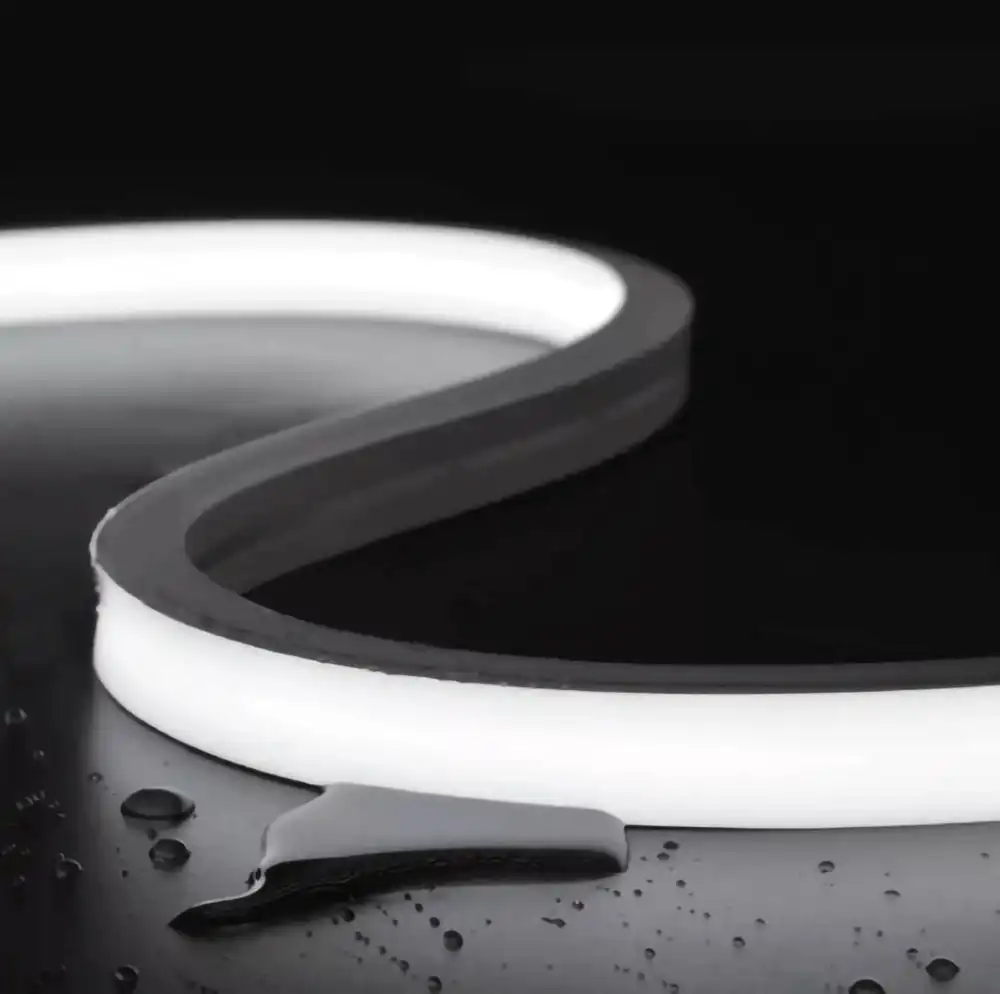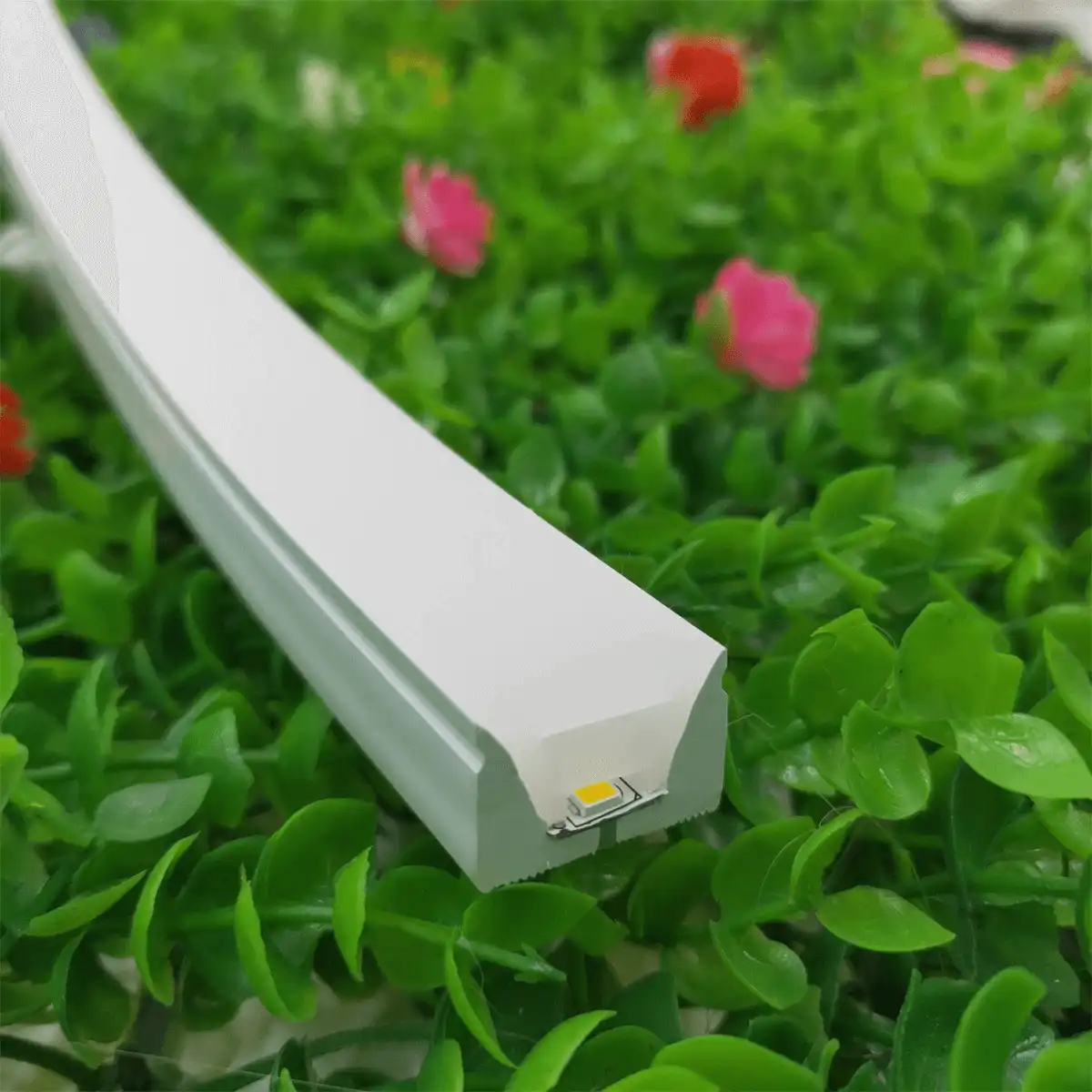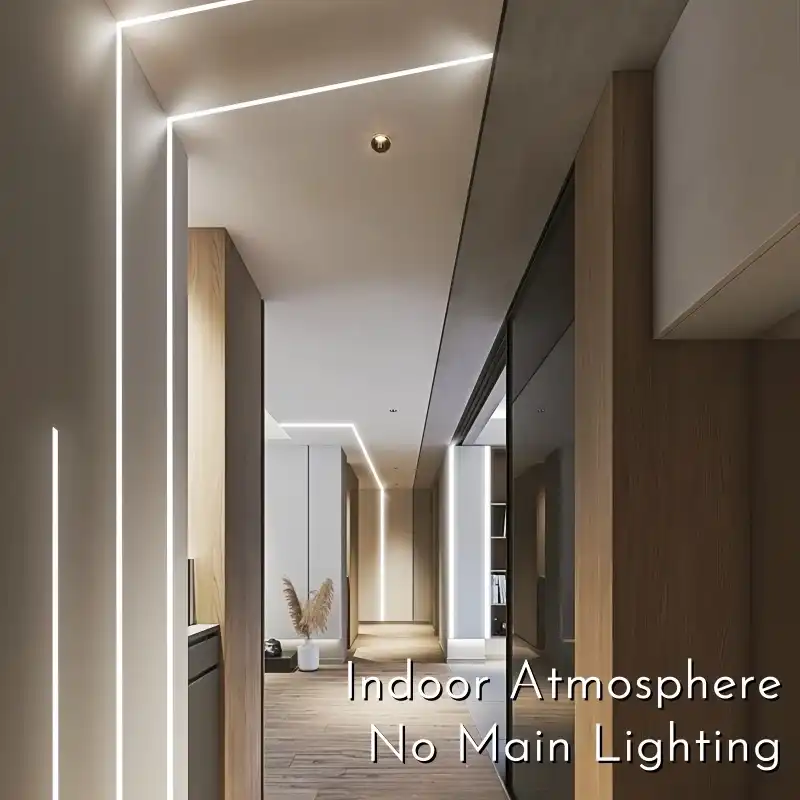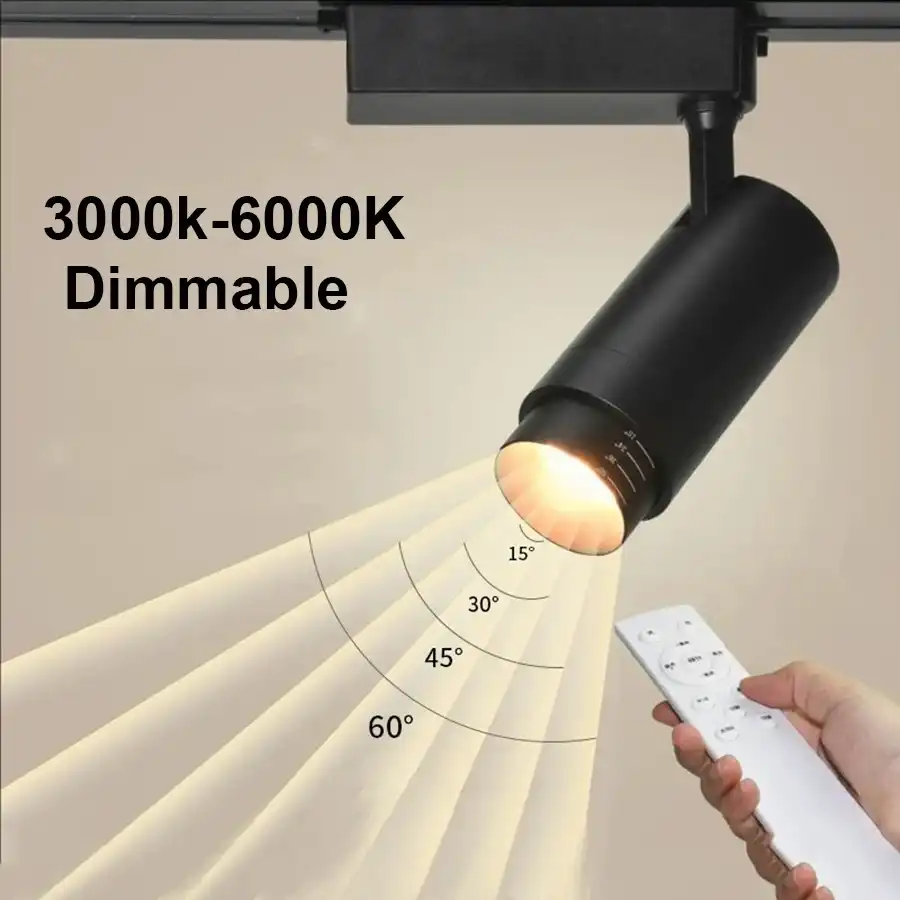Introducing Flexible Linear Lights and Linear Lights
What Are Flexible Linear Lights?
Flexible linear lights, as the name suggests, are bendable LED strip lights that offer unparalleled versatility in lighting design. These innovative fixtures consist of a series of LEDs mounted on a flexible circuit board, typically encased in a pliable silicone or plastic housing. The defining feature of flexible linear lights is their ability to conform to various shapes and contours, allowing for creative and customized lighting solutions.
Characteristics of Traditional Linear Lights
Linear lights, in contrast, are rigid fixtures that maintain a straight, unbending form. These lights come in various lengths and are commonly used in both residential and commercial settings. Traditional linear lights often feature a more robust construction, with LEDs housed in aluminum or other durable materials. While they lack the flexibility of their bendable counterparts, linear lights offer consistent illumination and a sleek, modern aesthetic.
Key Differences Between Flexible and Rigid Options
The primary distinction between flexible linear lights and traditional linear lights lies in their physical properties. Flexible options can be bent, curved, and shaped to fit unique architectural features or design requirements. Linear lights, however, maintain their rigid structure, making them ideal for straight-line applications and more conventional lighting layouts. This fundamental difference impacts everything from installation methods to the range of possible design applications.
Applications and Design Possibilities
Creative Uses for Flexible Linear Lights
The adaptability of flexible linear lights opens up a world of creative possibilities. These versatile fixtures excel in accentuating curved surfaces, highlighting architectural details, and creating custom lighting designs. They're particularly well-suited for:
- Illuminating curved ceilings or wall features
- Creating intricate lighting patterns or logos
- Under-cabinet lighting in kitchens with irregular layouts
- Accent lighting for staircases or railings
- Outlining complex architectural elements
Practical Applications of Linear Lights
While less adaptable than their flexible counterparts, traditional linear lights offer their own set of advantages and applications. These fixtures are ideal for:
- General overhead lighting in offices and commercial spaces
- Task lighting in kitchens and workspaces
- Accent lighting for artwork or display cases
- Creating clean, straight lines in modern interiors
- Uniform illumination in hallways and corridors
Comparing Installation Processes
The installation process for flexible linear lights differs significantly from that of traditional linear fixtures. Flexible options often come with adhesive backing or mounting clips, allowing for easy installation on various surfaces. Their pliable nature means they can be manipulated around corners and obstacles without the need for complex mounting systems.
Linear lights, on the other hand, typically require more robust mounting solutions. They're often suspended from ceilings or attached to walls using specialized brackets or recessed into ceilings or walls for a seamless look. While the installation of linear lights may be more straightforward in some cases, it often requires more planning and can be less forgiving in terms of adjustments once mounted.

Performance and Technical Considerations
Illumination Quality of Flexible Linear Lights
Flexible linear lights have made significant strides in terms of light quality and output. Modern flexible LED strips can offer high color rendering index (CRI) values, ensuring accurate color representation of illuminated objects. The ability to customize the density of LEDs along the strip allows for varying levels of brightness and uniformity. However, the flexibility of these lights can sometimes lead to minor variations in light output, especially around tight bends.
Light Output and Efficiency of Linear Lights
Traditional linear lights often boast impressive light output and efficiency. Their rigid construction allows for better heat dissipation, which can contribute to longer lifespan and more consistent performance over time. Linear fixtures frequently incorporate advanced optics and reflectors to optimize light distribution, making them highly efficient for general lighting applications. The uniform structure of linear lights also tends to result in more consistent illumination along the length of the fixture.
Durability and Longevity Comparison
When it comes to durability, both flexible linear lights and traditional linear fixtures have their strengths. Flexible options, with their silicone or plastic encasements, can be quite resilient to impact and moisture. However, repeated bending or exposure to extreme temperatures may affect their longevity.
Linear lights, with their more robust construction, often feature aluminum housings and high-quality components that can withstand harsh environments. Their rigid nature makes them less susceptible to damage from handling or environmental factors. Ultimately, the longevity of both types depends on factors such as quality of materials, installation method, and operating conditions.

Conclusion
The choice between flexible linear lights and traditional linear lights ultimately depends on the specific requirements of your project. Flexible options excel in creative applications, offering unmatched versatility and the ability to illuminate challenging spaces. Traditional linear lights, with their consistent output and sleek design, remain a reliable choice for more conventional lighting needs.
As lighting technology continues to advance, both flexible and rigid linear lighting solutions will likely see further improvements in efficiency, color quality, and smart control capabilities. By understanding the unique strengths and applications of each type, designers and consumers can make informed decisions to create truly exceptional lighting environments.
FAQ
Are flexible linear lights suitable for outdoor use?
Many flexible linear lights are designed for outdoor use, with IP-rated options available for water resistance. Always check the manufacturer's specifications for outdoor suitability.
Can traditional linear lights be dimmed?
Yes, many linear lights are compatible with dimming systems. However, it's essential to ensure compatibility between the fixture and the dimming mechanism.
How long do flexible linear lights typically last?
High-quality flexible linear lights can last up to 50,000 hours or more, depending on usage and environmental conditions.
Transform Your Space with USKYLED's Cutting-Edge Lighting Solutions | USKYLED
At USKYLED, we're not just a manufacturer; we're your partner in illuminating innovation. As a leading factory specializing in flexible linear lights and linear lights, we offer custom OEM/ODM solutions tailored to your unique project needs. Our advanced LED technology ensures superior performance, while our commitment to sustainability helps reduce your carbon footprint. Experience the USKYLED difference – where cutting-edge design meets unparalleled quality. Ready to elevate your lighting? Contact our expert team at sales@uskyled.com and let's bring your vision to light.
References
1. Johnson, A. (2022). "The Evolution of Linear Lighting: From Fluorescent to LED." Lighting Design & Application, 45(3), 78-85.
2. Smith, B., & Brown, C. (2021). "Comparative Analysis of Flexible and Rigid Linear Lighting Systems in Commercial Spaces." Journal of Architectural Lighting, 17(2), 112-126.
3. Lee, D. (2023). "Energy Efficiency and Color Quality in Modern Linear Lighting Solutions." Energy and Buildings, 278, 112629.
4. Garcia, M., & Rodriguez, L. (2022). "Innovative Applications of Flexible Linear Lights in Architectural Design." Architectural Lighting Technology, 9(4), 203-218.
5. Wilson, E. (2023). "The Impact of Linear Lighting on Workplace Productivity and Well-being." Journal of Environmental Psychology, 85, 101881.



![What is Dimmable Track Lighting for Museum: Best Guide [2025]](/icms/upload/0d08cc601e7611f0b542b3ca0c0f4a83/pic/knowledgemanager-knowledgepic/e7879f32605f11f081911f363b8c1ed0/Directory/20250717 dimmable track lighting -1(1)_1752739217941.webp)

